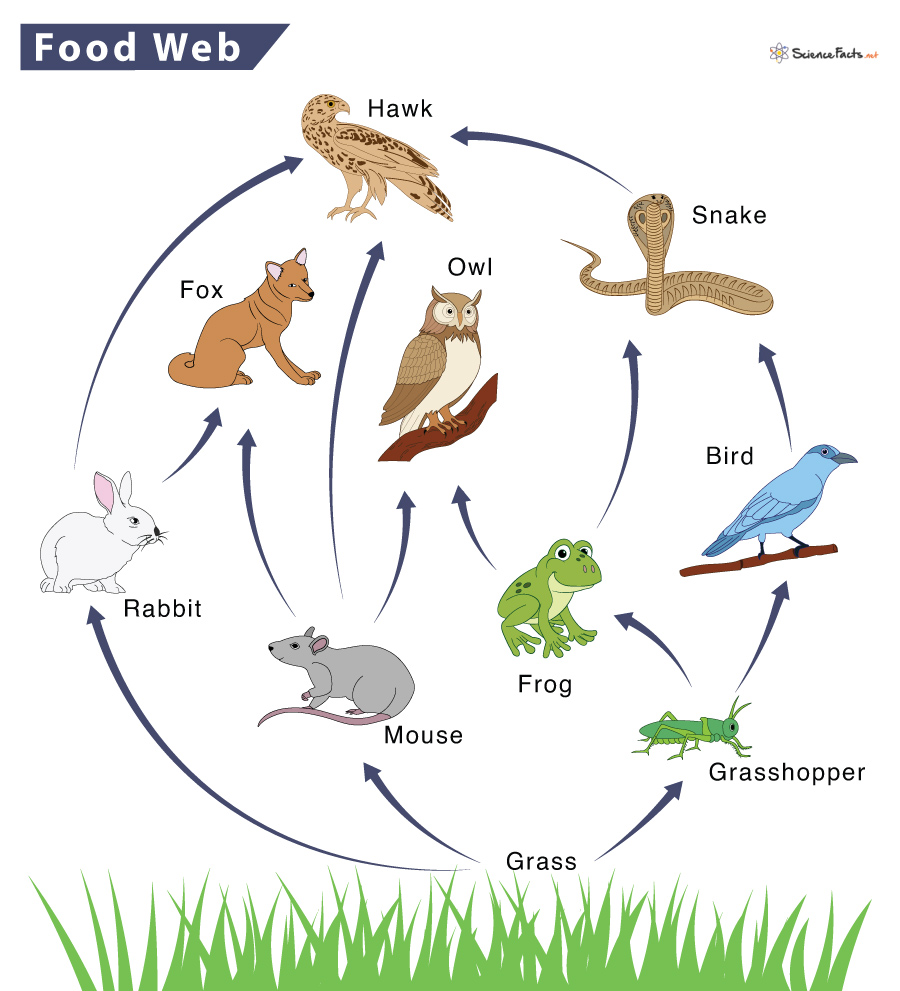How much energy is transferred from each step in the energy pyramid?
10%
Which land biome is the most diverse?
Tropical Rainforest
True/False
Plants are heterotrophs.
False, plants are autotrophs.
True/False
A lake is an example of an ecosystem.
True
What is an organism?
A living thing
The steps in the energy pyramid are called _______ ________.
Trophic levels
Which marine biome is the most diverse?
Coral Reefs
What type of eaters are human beings?
Omnivores
There 5 components that an ecosystem needs to survive. What are 2?
Energy, minerals/nutrients, water, oxygen, living things
What is the difference between an abiotic and a biotic factor?
Biotic=living or once living
Abiotic=nonliving
The Sun provides 5000kJ of energy to plants. The bugs that eat the plants can only receive _____kJ of energy.
500
There are 4 ways to characterize biomes. Name 2.
Climate, Latitude, Altitude, and Vegetation
What type of eater can worms, bacteria, and vultures be classified as?
Decomposers
Keyport is an ecosystem. Name 2 biotic and abiotic factors for Keyport.
Abiotic: air, water, dirt, rocks
Biotic: people, animals, plants
What is the difference between habitat and niche?
Habitat=location where a species lives.
Niche=location + what the species does in the habitat
What is the difference between a food chain and a food web?
A food web is multiple food chains intertwined.
What is the difference between marches and swamps?
Marshes= non-woody plants
Swamps= woody plants
DOUBLE POINTS
What is the name of the type of symbiotic relationship in which both species help each other?
Mutualism
True/False
An ecosystem can survive with little to no rain.
True, desert ecosystem is adapted to little to no rain.
Rank these from smallest to largest:
Ecosystem, organism, community, population
Organism -> population -> community -> ecosystem
Name a secondary consumer in the food web.

Bird, fox, frog, owl, hawk.
Earth's hemispheres can be divided into four regions of biomes. Name 2.
Arctic, subarctic, temperate, tropical.
An ecosystem has the following food chain.
Grass -> Beetles -> Frogs -> Snakes
If the beetle population suddenly left the ecosystem, how would the snake population be affected?
The snake population would decrease due to an absence of frogs because the frog population would decrease due to an absence of food.
Where does the main source of energy for most ecosystems?
The sun (plants need photosynthesis for energy transfer)
What is cellular respiration?
The process of animals to break down food and oxygen to create energy, water, and carbon dioxide.